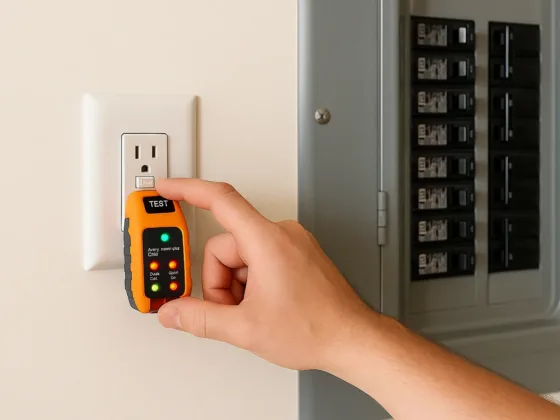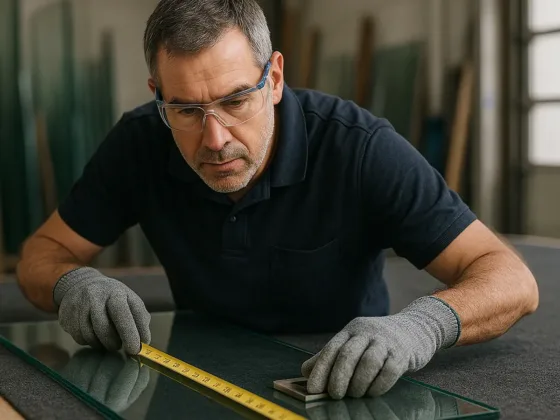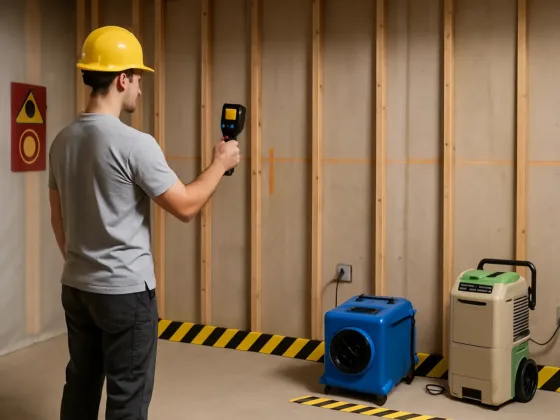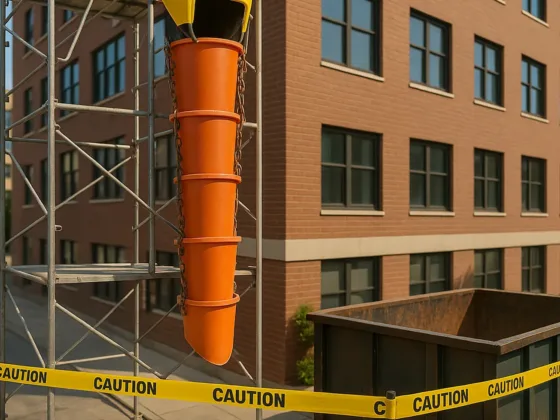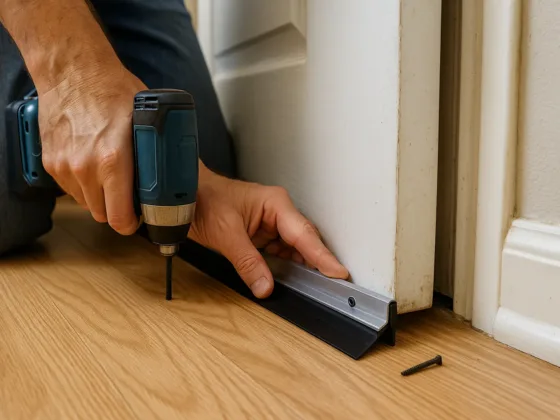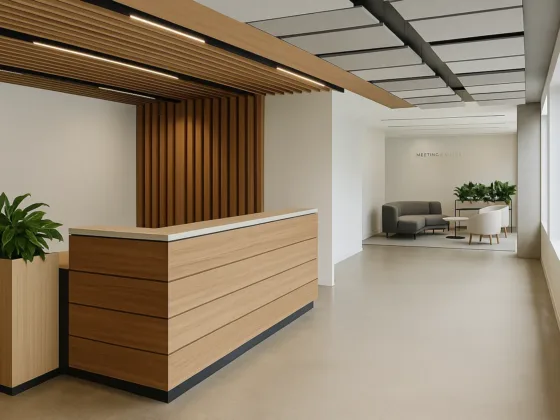Table of Contents Show
The dangers that accompany laboratory work are numerous. The list might seem endless. All the more reason to protect your employees and yourself by using the best safety equipment from https://topairsystems.com/ and technology possible.
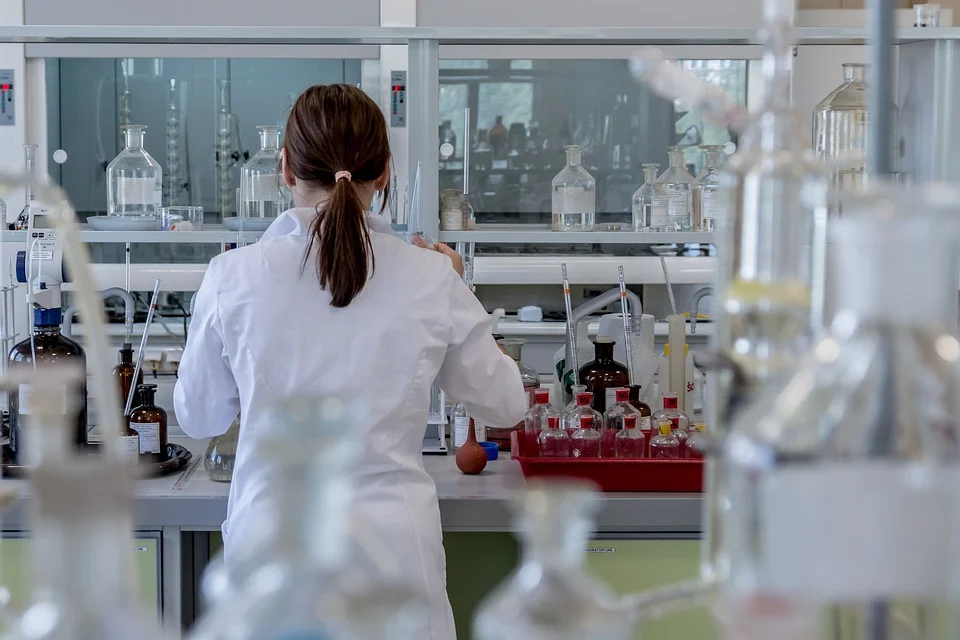
Here are some essential safety equipment and technology every lab needs:
Air Cleaners/Fans
The air in your lab needs to be clean and free from dust particles and other germs that can cause infection. You can use air cleaners or fans to keep the air clean, safe, and healthy. Air cleaners are portable devices that help remove dust particles from the air while fan exhausts heat generated by computers and other electronics in your lab.
An air cleaner is also useful if there is a fire in your lab because it will help remove smoke quickly so that people do not get harmed by smoke inhalation during a fire incident.
In addition, an air cleaner can be used as an alternative heating source when electricity fails due to natural disasters like earthquakes or floods.
Chemical Fume Hoods
Chemical fume hoods are essential safety equipment that every lab must have. They create a barrier between the lab and the chemicals in order to prevent exposure to dangerous vapors, fumes, and gases.
Chemical fume hoods come in various configurations, some of which are more suited to laboratories than others. They are used to protect workers from harmful chemicals and vapors.
Chemical fume hoods come in many different styles, sizes, and shapes. For example, they may be round or rectangular, have a fixed or sliding top, be constructed of steel or plastic, have an integrated ventilation system, or be portable.
The most basic type of chemical fume hood is the “tube” type which has a gasket top end with a removable filter (often made of glass) that can be replaced as needed. These types of hoods can usually be used in most laboratories without any additional ventilation equipment being required.
Another common type of chemical fume hood is the “box” type which is designed to fit into an unventilated area such as a dedicated fume cabinet or workbench area. This type of hood is often housed inside a box-shaped enclosure that provides both protection and containment for chemicals stored within it.
Some boxes also include an integrated filter system which allows them to be used with minimal ventilation equipment when necessary.
Read Also:
Fire Extinguishers
Fire extinguishers are essential safety equipment for labs. They can be used to put out small fires and prevent larger ones from spreading.
A fire extinguisher can be purchased in any department store or hardware store, or you can rent one through your local fire department. There are several types of fire extinguishers on the market, but they all have the same basic function: to put out fires in a lab.
The most common types of fire extinguishers are dry chemical extinguishers, carbon dioxide types, and pressurized water types. Dry chemicals are less expensive than carbon dioxide but may be more effective at putting out small fires, while carbon dioxide can handle larger fires but is more expensive than dry chemicals.
Pressurized water type contains water that cools down quickly when released into the air so it won’t damage delicate equipment or catch on fire itself.
Lab Safety Equipment
Safety glasses are always important when using chemicals, whether it’s for handling chemicals, cleaning up spills, and/or wearing protective clothing. Safety glasses should have side shields to protect your eyes and face from splashes or flying chemicals.
They should also have side shields that cover your ears to protect against splashes or flying materials. You may also want to consider purchasing chemical splash goggles if you work with acids, alkalis, or other highly corrosive materials.
Chemical splash goggles offer excellent protection against these types of chemicals when they are sprayed into the eyes or face.
Masks are also essential. This should be worn by everyone who is entering the lab area. It should also be worn by everyone entering the room after it has been cleaned and disinfected.
The mask should fit snugly over your nose and mouth, but not so tight that it cuts off your air supply. It is better to use a smaller mask than to risk being overcome by an overpowering smell or gas or fumes from cleaning chemicals that may have leaked into the room or building.
Gloves are another essential piece of safety equipment that all labs need to use when working with chemicals. Glove liners should be worn when working with any type of organic solvent (alcohols, ketones, esters), as well as other organic solvents such as acetone and toluene.
Gloves made out of vinyl will not provide as much protection against these solvents as nitrile gloves will; however, nitrile gloves may not offer any protection at all if you don’t wear them correctly!
Precision and Computer Programs
A computer is not just a way to store data and programs, it is also a way to control the equipment that you use. The best computer programs are those that take advantage of today’s computers, which have much more processing power than their predecessors did.
If you don’t have a programmable controller, then be sure to get one as soon as possible. They are much easier to set up than an old-fashioned table-top controller and they can run several different programs at once without having to shut down the entire machine.
Safety Cabinets and Storage
Safety cabinets are a must-have for any lab that processes hazardous chemicals. They provide a safe place to store and handle chemicals, while also protecting the user from exposure to harmful vapors and liquids.
Safety cabinets come in a variety of sizes, including small enough for student workstations. They’re also available with built-in locking mechanisms that provide extra security.
Lab safety cabinets have many advantages over traditional cabinets. First, they allow you to use different chemicals in different rooms of the same lab without mixing them together or using them in unsafe ways.
Second, they are very easy to clean compared with traditional cabinets because there are no compartments for storing chemicals and no dangerous vapor release points.
Third, there is no need for expensive ventilation systems because all of the required ventilation is built into the cabinet itself! Finally, when chemicals are stored in safety cabinets they remain securely stored even when the door is opened.
The key to keeping your lab clean and organized is knowing what goes where. When you’ve got everything properly labeled, it’s easy to find what you need when it’s time to clean up or move equipment around. Lab safety cabinets and storage make organization simple, so you can spend more time doing science instead of cleaning up after.
Final Thoughts
Laboratories used to be simple places, with the only real dangers being improperly handled chemicals. Nowadays, with the advent of advanced technology, laboratories can be complicated places where even a single mistake can cause irreparable damage. But when it comes to workbenches and or countertops material, an epoxy resin laboratory countertops is the best choice.
As a result, proper safety precautions are a must for many modern laboratories; that’s why it’s important to have the right safety equipment and technology. The results shared above only scratch the surface of possibilities for lab safety; consider taking a more in-depth look at this subject if you want to deepen your understanding.
Whether you’re new to the world of lab work, or you’re looking for ways to improve your own lab, the equipment and technology we’ve listed here will be very useful to you on your journey.



